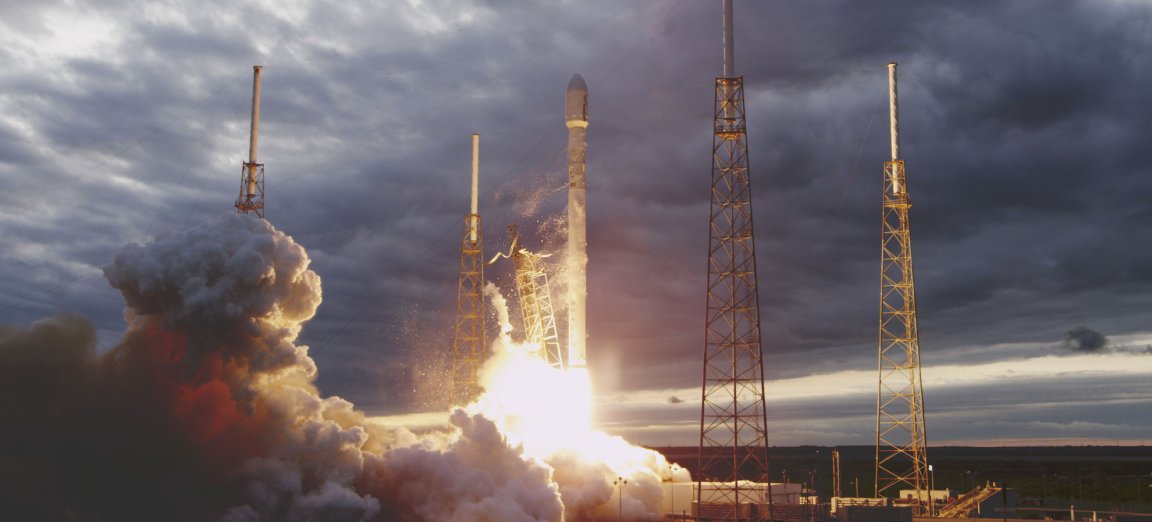
The Age of Reusable Rockets
Two weeks ago, SpaceX achieved a major milestone by landing the first stage of an orbital rocket on a floating barge 320 km (200 miles) off the Florida coast. Yes, they landed a rocket on a floating barge.

Understandably, Elon Musk received praise from all sectors, including people as notable as Buzz Aldrin and President Obama. But, why is this barge landing so significant for SpaceX? Indeed, why try it at all?
To begin, reusable rockets all comes down to, well, reusability. Most rocket boosters either burn up in the atmosphere or fall into the ocean. Instead, SpaceX wants to make space travel more affordable: They plan on reusing the Falcon 9 rockets in a similar manner to how we reuse airplanes.
Where it can take up to $60 million to make the rocket, it costs as little as $200,000 to fuel the Falcon 9. So having a rocket go up to space and not get decimated on the way down would be ideal.
But why the barge?
This all comes down to fuel. It requires a great deal of fuel to land the first stage on the ground by reigniting its engine and reducing its speed from more than 8,000 km/h (5,000 mph) down to zero. This does not pose much of a problem for low-orbit trips, but for more prolonged trips, landing on the ground is not an option.
For example, launches for missions beyond Earth’s orbit (such as SpaceX’s goal to get to Mars) require a higher velocity and, thus, there is more speed and less fuel available for a landing.
Using the floating barge in Florida as an example, all launches from Florida head East over the Atlantic Ocean; a barge in the sea reduces the travel distance back to Earth to perform a landing, as the rocket doesn’t have to travel as far.
So for more ambitious launches, SpaceX can’t return its first stage of the rocket to land. “For half our missions, we will need to land out to sea,” said Musk in a press conference after the launch. “Anything beyond Earth is likely to need to land on the ship.”
SpaceX eventually hopes to have all rockets land on solid ground after launch, which would be similar to what they have accomplished with the Grasshopper rocket. However, according to American Institute of Aeronautics and Astronautics Aerospace Engineer Paul Huter, “landing something that was moving at thousands of miles an hour pretty much straight up is a far cry from what Grasshopper does with its small ‘jumps’ into the air.”
And so they head to sea. Fortunately, this could be the beginning of affordable space travel, allowing the company to travel more and deeper into space.